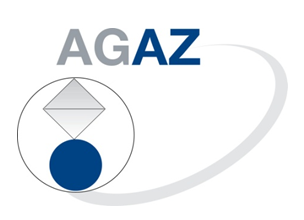Back to Balance - The wider concept
of dental ergonomics
Short version of the presentation by Prof.Dr.drs.drs. Jerome Rotgans
In the past the design of dental treatment chairs forced dentists to a permanently crooked posture. As a result many dentists suffered after many years of professional activity on skeletal and muscular deformations. The modern treatment chairs are more ergonomic, but many dentists are still plagued with work-related back pain. An equipment of the dental practices according to ergonomic principles and further measures should make the dental profession "painless".
Workplace of a dentist
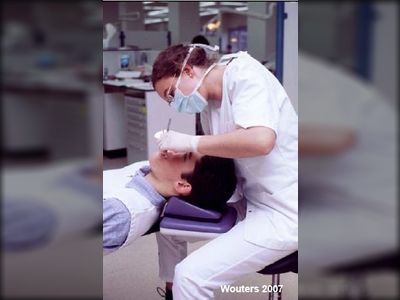
Figure 1: Typical working posture of dentists, Wouters 2007
(Click to enlarge)
The suffering of Dentists
The complaints concentrate in head, neck, shoulder and back: 64% back- and 42% headache.
(from: Rohmert W, Mainzer J, Zipp P (1986) Der Zahnarzt im Blickfeld der Ergonomie. Eine
Analyse zahnärztlicher Arbeitshaltungen)
Since 2006 there are the
"Ergonomic requirements for dental equipment"
Still ...
should work chair, headrest, operating light and treatment chair to be developed urgently ergonomically.
There is no ergonomically correct dental unit available! Example: No appropriate dental unit is available for female dentists shorter as 155,7 cm and male dentists taller as 195,8 cm
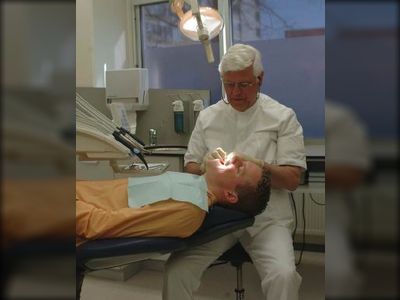
Figure 2: Hokwerda 2005
(Click to enlarge)
Workplaces for dentists from the last century
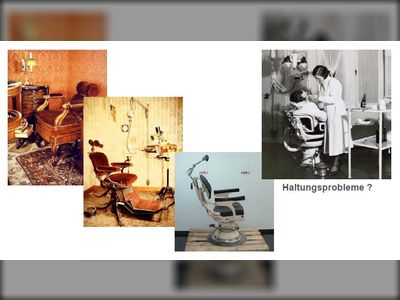
Figure 3: Status until ca. 1950/1960
(Click to enlarge)
Previously, the dentists were forced by the design of treatment chairs to a very non-ergonomic working posture.
Though design changed in time, not the working position!
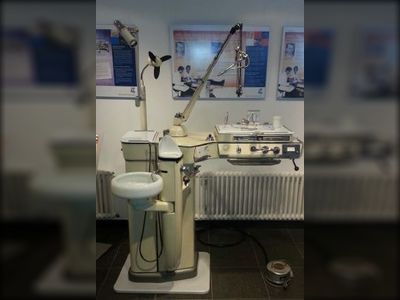
Figure 4: In the Sixtees: Developmental Revolution: turbine with spray coolant
KaVo 2014
(Click to enlarge)
In the Sixtees: Developmental Revolution
Development of the turbine with spray coolant: From „gas pump“ to a unit with tablet and
spittoon, turbine incorporated; with the results:
- treatment at higher rotation speed
- time saving, shorter treatments
- higher efficiency
- better sight
- better results
The new treatment chair

Figure 5: The „Golden Solution“: To work sitting on the laying patient
(Click to enlarge)
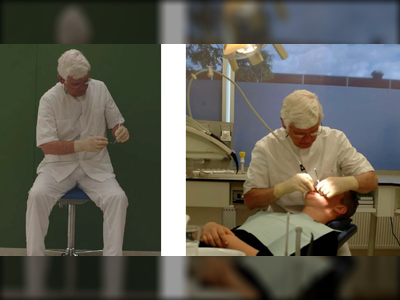
Figure 6: New and modern equipment does not automatically improve working posture.
(Click to enlarge)
Work stress with „clear“ posture problems
- increasing patient demand
- other working method
- higher concentration
- achievement pressure
- pressure for success
- Since Internet access Patient‘s needs and demand
for comfort and communication increased ….. with own „competences“!
Beyond this all, since the Eighties (in Germany)
- Continuous new legislation
- Social security benefits cuts
- Extended administration
What hardware developments occurred?
until today, technical, colour and design „only“
- Ergonomics as scientific discipline scarcely influenced the design of the dental working place
- the dental profession was left themselves without feedback to ergonomic principles

Figure 7: What hardware developments occurred?
(Click to enlarge)
FOCUS „Working Position“ is too narrow-minded!
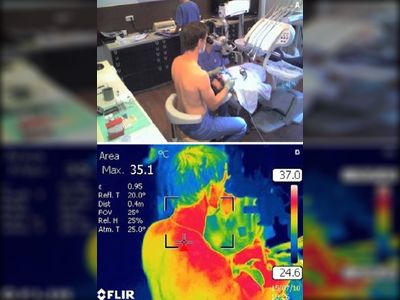
Figure 8:
PHD project: Occupational loads and demands in the dental profession
(Studie zur Erfassung arbeitsbezogener ergonomischer und psychosozialer Stressoren in Bezug auf das psychische Wohlbefinden und Beschwerden im Muskel-Skelett System, Neuhaus, 2014)
Picture by (Straul c.s. 2010)
(Click to enlarge)
A broader concept seems necessary! „Health and Wellness“ to avoid occupational diseases
..... with conscious inclusion
- of labour protection
- structured ergonomic education and training
- systematic ergonomic research
- individually fitting organisation models for the dental profession as vital complex to secure the health of the dental team in terms of the shift from „machine“ to „man“ within the man-machine-system
Pentagon Partnership

Figure 9: The Network for Unity in Dental Ergonomics (TNUDE)
(Click to enlarge)
FOCUS on "good working posture" almost automatically
—
biopsychosocial measures for the prevention of occupational risks based by work
- Promote the health of the dental team
- Preservation of joy of work and the future
- Wellness
- good work-life balance
-
- Ergonomie-Kompetenz-Netzwerk e.V. (ECN)
- Verwaltung: Wolfgang G. Schneider
-
- Otto-Lilienthal-Straße 2
- 88046 Friedrichshafen
- Impressum
-
- Telefon: +(49) 7541-3003 446 | Fax: +(49) 7541-3003 448
- E-Mail: info@e-c-n.de | Internet: www.e-c-n.de
- Privacy Statement



